Episode 8:
1945 – 1961
Modernising to retain the position of leader
In my previous episode, I recounted how, at the end of the Second World War, Vieille Montagne found itself in a difficult situation and its annual production of zinc had decreased to less than 60,000 tons in 1946! Over the next four decades, the company was constantly seeking to improve the yield of production processes and modernise.
Rebuilding in a new market context
Vieille Montagne was negatively affected by the Second World War at many levels. The death in 1938 of one of its pillars - Gaston Saint Paul de Sinçay, its very devoted and much respected executive director for 48 years – had strongly shaken the company. In February 1944, the cowardly assassination of Alexandre Galopin, president of the Executive Board who had staunchly presided over the fate of the company during what was certainly the most tragic and painful period of its history, left Vieille Montagne destabilised.
Despite or perhaps because of this, at the end of the war, the company did everything to rebuild its plants. A significant stock of ore had been deliberately accumulated by its agency in Sweden during the conflict (from its mine in Ammeberg, which had been spared by the war – editor’s note).
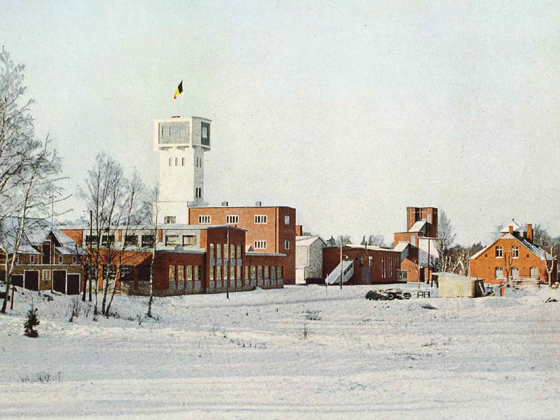
This stock made it possible to accelerate the restarting of basic manufacturing. With these new foundations, Vieille Montagne incessantly practiced a policy of intensive modernisation and development based on an overall plan that had been the subject of in-depth study and was adapted to suit the technical and economic evolution of the zinc industry and the metals associated with it.
(Photo: mine in Ammeberg)
From 1946 to 1961, the company ambitiously aimed to increase its production from 58,000 to over 200,000 tons. To reach this objective, the company developed a dynamic policy in the area of ore supplies (which had become highly competitive due to the significant increase in worldwide demand for zinc). It also negotiated the best conditions of access to the electric energy necessary to supply the electrolysis units in its plants, which were working at full capacity.
In this regard, it should be noted that the nationalisation of electric energy in France in 1946 deprived Vieille Montagne and its Viviez plant of the hydroelectric sources it had methodically created in the Aveyron region of France, and of financial participations acquired in this field. The negotiations that ensued with Electricité de France (EDF) were deemed “constructive” and did not have overly negative consequences on the company’s profitability.
Constantly seeking to optimise resources and energy
This now external constraint was perhaps indirectly a positive driver for the constant search to improve yield of production processes from the mine right through to the end application. More than other companies, Vieille Montagne was focusing on optimisation of extraction conditions, especially zinc content and associated metals of treated ores, as well as transformation of the ore.
The engineers were constantly perfecting electrolytic zinc metallurgy, especially by improving methods for placing raw materials in solutions, purifying zinc solutions, their electrolytic reduction and melting zinc cathodes. This led to greater purity of the zinc obtained, and at the end of the 1950s, an optimal rate of 99.995% was reached for almost all of production.
Another key factor in this innovative approach: Vieille Montagne recovered metals known as “secondary metals” associated with zinc in a more comprehensive and effective manner than its competitors; these metals include Silver, Indium, Germanium, Thallium, Tin and Silicon. The 1961 Vieille Montagne catalogue in the appendix demonstrates the variety of these products, all the more highlighted as they were sold as “superpure” products!
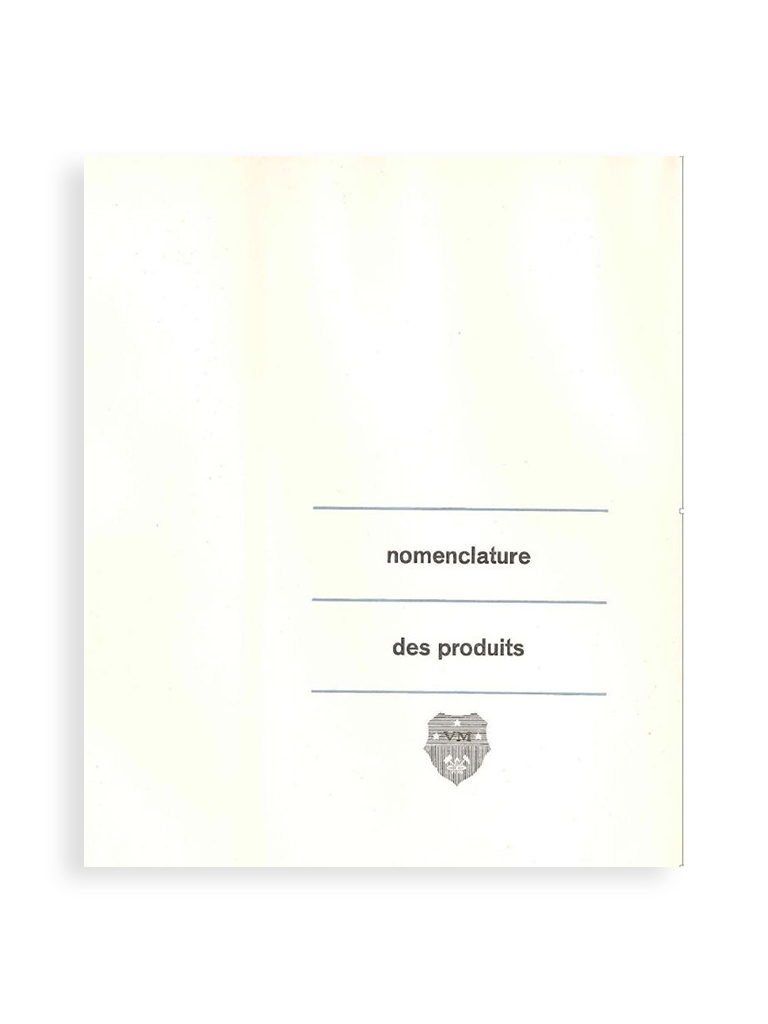
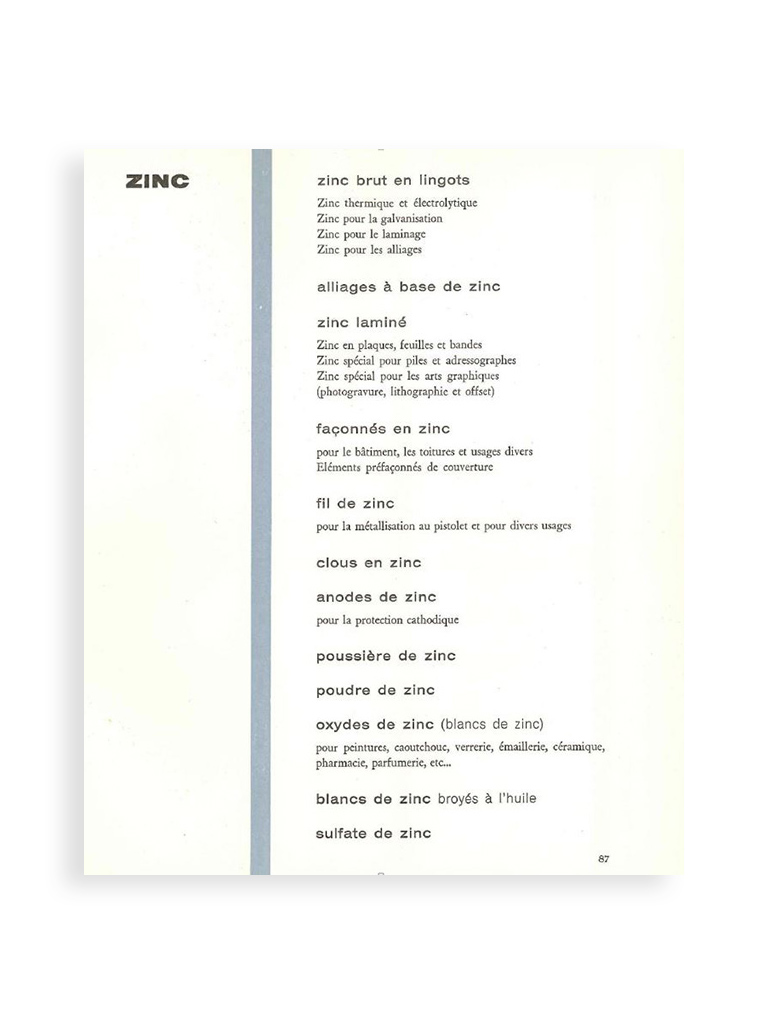
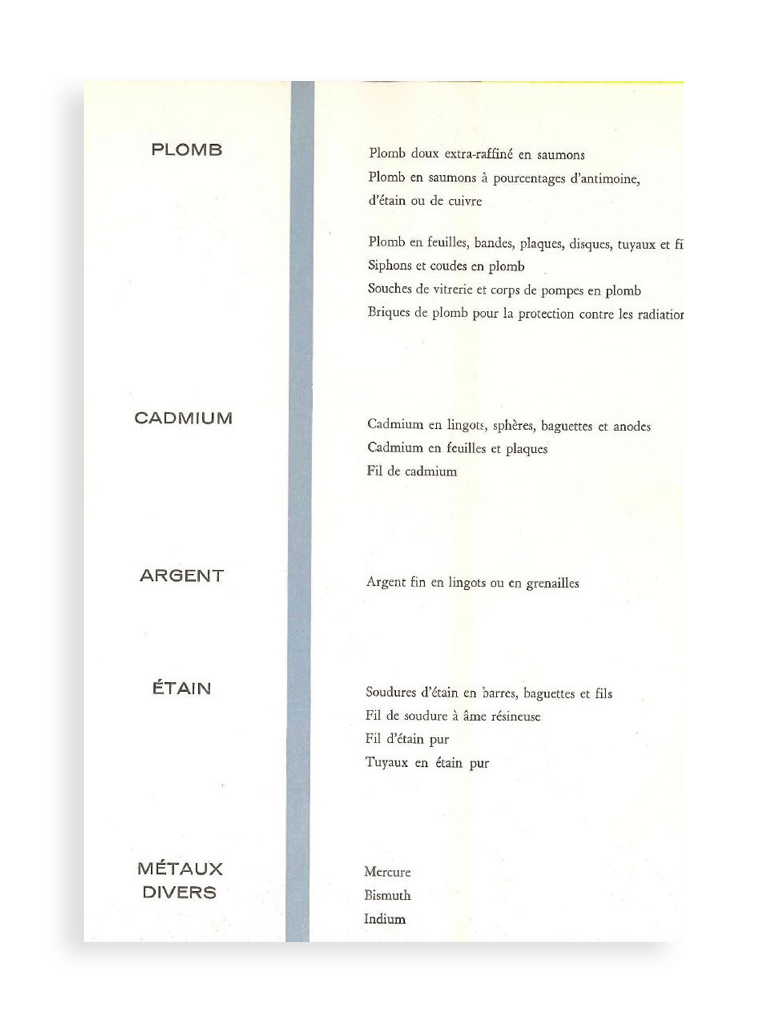
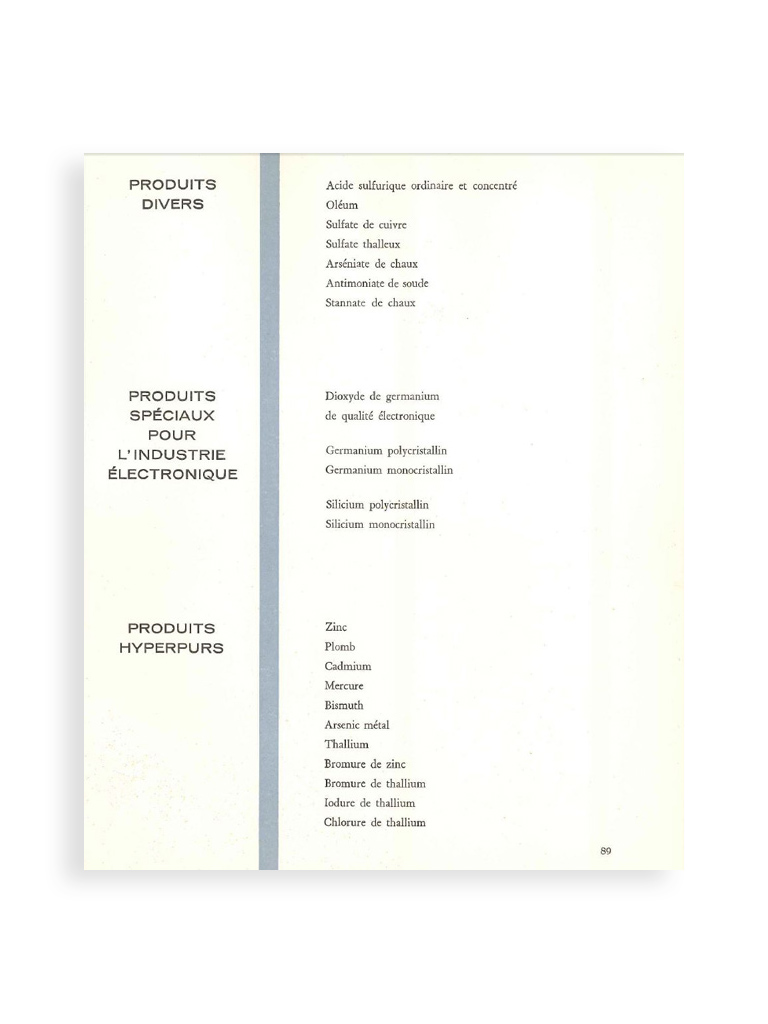
This massive modernisation plan was accompanied by deliberate measures rolled out in almost all areas of activity. What was at stake? Reduce the physical effort of workers and improve the hygiene conditions of their industrial tasks. Indeed, on the eve of the thirty-year boom period of the three post-ward decades, Vieille Montagne remained loyal to its pioneering values and its conviction: employees and workers who feel good in their roles and their working environment produce more and better! It’s as simple as that!
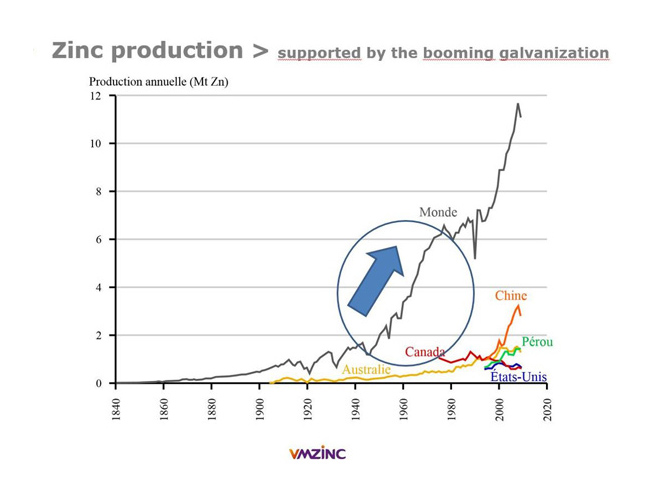
As a reminder, between 1936 and 1960, the volume of worldwide zinc production rose from 1.5 million tons to 3.1 million tons (of which 25% in the USA, 23% in Europe, 22% in the USSR and its satellite countries, and 15% in the Commonwealth).
At the start of the 1960s, Vieille Montagne employed approximately 6,500 people at 17 sites (excluding commercial agencies) in 5 countries, and another 1,200 people at the German subsidiary in Altenberg.
In 1962, for its 125th birthday, Vieille Montagne had overcome and transcended the multiple constraints generated by the Second World War. It had retained its position as the number one individual producer worldwide thanks to the quality of its products (high purity zinc) and the variety of its offer.
With the advent of the new European Economic Community (EEC) created following the signature of the Treaty of Rome in 1957, and that of the Organisation for Economic Cooperation and Development (OECD), Vieille Montagne looked to the future with confidence.
Integrated management software: an innovation developed by… my father!
And now I would like to admit something. The personal connection I feel with Vieille Montagne did not come about per chance. I inherited it from my father, Willy Baltus, who worked there all his life!
As a young Economic Science graduate from the University of Liège, he joined the company working at the head office in Angleur (near Liège) in 1947, in the highly strategic supplies department. Being methodical and good with figures, he contributed to the objective of optimising resources and the energy developed during this period of strong expansion. At the start of the 1960s, my father used this know-how in what would become a major new component for companies: management.
At the time, Vieille Montagne was at the major turning point of computerisation. My father was among the teams who installed and operated, from 1964 on, the first IBM computers….. These were installed in air-conditioned rooms to avoid over-heating and their gigantic dimensions bring a smile to our faces nowadays.
This mechanisation gave him the opportunity to develop what today would be called integrated software for the management of all Vieille Montagne supplies. He himself pompously named it MQCV - Movements, Quantities, Contents, Values. It continued to be used well after he retired in 1982 and even after Vieille Montagne was integrated into the Union Minière group in 1989. The IT manager recently told me that it was difficult to modify the MQCV kernel (because it was extended gradually and complexified) and that it wasn’t replaced until 2001 or 2002, when the group decided to enter the SAP universe!
When I visited the Vieille Montagne archives last year (stored at the State Archives in the Cointe region near Liège), I was moved once again to come across his listings and his famous tables with annotated figures, which he collected every month from all the Vieille Montagne sites worldwide! (°)
Watch this space for the next and second-last episode of our SAGA.
On the agenda: Vieille Montagne in the 1980s and 1990s, followed by the conditions in which the company was integrated into the Union Minière group, which later became Umicore. I will talk a little about the reasons behind the redevelopment of rolled zinc in building applications.
Talk soon,
(*) Mr. Gaston St Paul de Sinçay’s successor as Executive director from 1938 to 1962 was Mr. Joseph van Oirbeek, an engineer from Liège trained in Angleur.
(°) When I began working with the company my father’s table had a surprising effect. I first made contact with Vieille Montagne back in 1981. As a young Engineer-Architect graduate from the University of Liège, my father had put me in contact with people in France and I had applied for an internship at the Parisian head office of Vieille Montagne in the 9th arrondissement of Paris.
I must admit I had accepted the offer more for the idea of living in Paris than for the industrial experience, even though it was an opportunity to learn about a building material.
My first surprise came when I heard people talking about the “Great Baltus”, which initially made me think my father was famous way beyond the head office in Angleur! In actual fact, it was his table, which, although not famous, was considered an ordeal by the local managers who had to fill it out every month!
Nonetheless, I received a wonderful welcome in the panelled interior of the Haussmann style building on rue Richer (in the 9th arrondissement) with, I would even say, a certain degree of deference that I attributed to the company culture but in reality was solely due to the fact that most of the staff at the French head office thought that, being the son of Willy Baltus from the company’s head office in Belgium, I was somehow there to check how the French staff worked. Several years later, I learnt I had been nicknamed “little Baltus”, once again in reference to the paternal table!